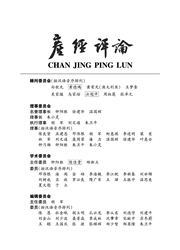

 中文摘要:
中文摘要:
文章使用企业出口关系持续时间和出口目的地数量度量企业的出口竞争力。通过引入融资约束和生产率异质性构建企业进入退出出口目的地的理论模型,认为融资约束通过盈利性约束和流动性约束两个渠道减少了企业出口关系的持续时间与出口目的地数量。文章使用中国出口企业的微观数据检验发现,融资约束确实减少了企业出口关系的持续时间.这种影响在本土企业、低风险目的地和低收入目的地更大;生产率提高会增加企业出口关系的持续时间,这种影响在外资企业、高风险目的地和低收入目的地更大。融资约束也减少了企业出口目的地数量.这种影响在外资企业更大:生产率提高会增加企业出口目的地数量,这种影响在本土企业更大.文章为融资约束降低企业出口参与与出口规模提供了进一步的解释.
 英文摘要:
英文摘要:
The paper uses export duration and the quantity of export destinations as the export competitiveness of firms. By introducing credit constraints and productivity for heterogeneous firms, it establishes a theoretical model for export decisions and argues that credit constraint will reduce the export duration and destinations of firms in two channels: one is profitability constraint, and another is liquidity constraint. Based on the micro- level data of China' s export firms, our empirical investigation finds that credit constraints reduce the export duration of firms and indeed, this influence is more on domestic firms, low-income destinations and low-risk destinations. The improvement of productivity increases export duration, and this influence is more on foreign firms, low-income destinations and high-risk destinations. It also discovers that credit constraints decrease export destinations for firms, especially for foreign firms; the improvement of productivity augments export destinations for firms, especially for domestic firms. This paper gives an explanation for why credit constraints reduce the export probability and quantity of firms.
 同期刊论文项目
同期刊论文项目
 同项目期刊论文
同项目期刊论文
 期刊信息
期刊信息
